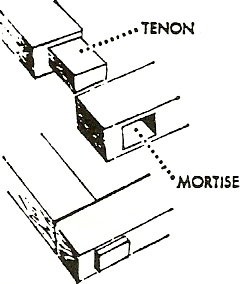CONSUMER INFORMATION GUIDE
JANUARY 1990
Ten features have enabled us to establish a
criterion for grading and measuring the quality of a given piano line.
These ratings reflect consistency in the quality of all instruments
bearing a particular brand name and are an average of all instruments
bearing that name. We use the formula of one point for each
feature that meets or exceeds our criterion, and deduct one point for each
feature that does not meet our requirements. This should serve as a guide
if you wish to conduct the same test for a particular piano.
QUALITY RATING [Q.R.]
THE BASIC STRUCTURE: The following information was compiled to
evaluate the general specifications as listed by individual manufacturers,
and will enable us to establish a criteria in our analysis.
A. THE BACK POSTS:

Size of the post; not only width but
depth.
Double or triple posts
Posts extend all the way to the
top of the piano
Posts extend all the way to the bottom in a tight mortise and tenion
construction.
(MORTISE - A notch, or hole shaped to fit
TENON - a projecting part for insertion into another piece to make a
joint.)
B. MATERIAL OF BACK POSTS:
Solid spruce,
not poplar / oak.
Strongest wood for its weight Resists
splitting and cracking.
Spruce lengthwise grain is straight close and
dense provides rigid support.
Backposts bolted to cast iron
plate.
C. THE PINBLOCK:
Quarter sawn hard rock maple,
cross laminated, 2" thick.
Number of plies not as important as type and
cut of wood.
D. THE SOUNDBOARD:
One thickness spruce.
The term "Solid" referring to spruce in
soundboards is semantically misleading today because builders of laminated
boards, where all three layers are spruce, refer to the board as "solid"
spruce, meaning it is "all" spruce.